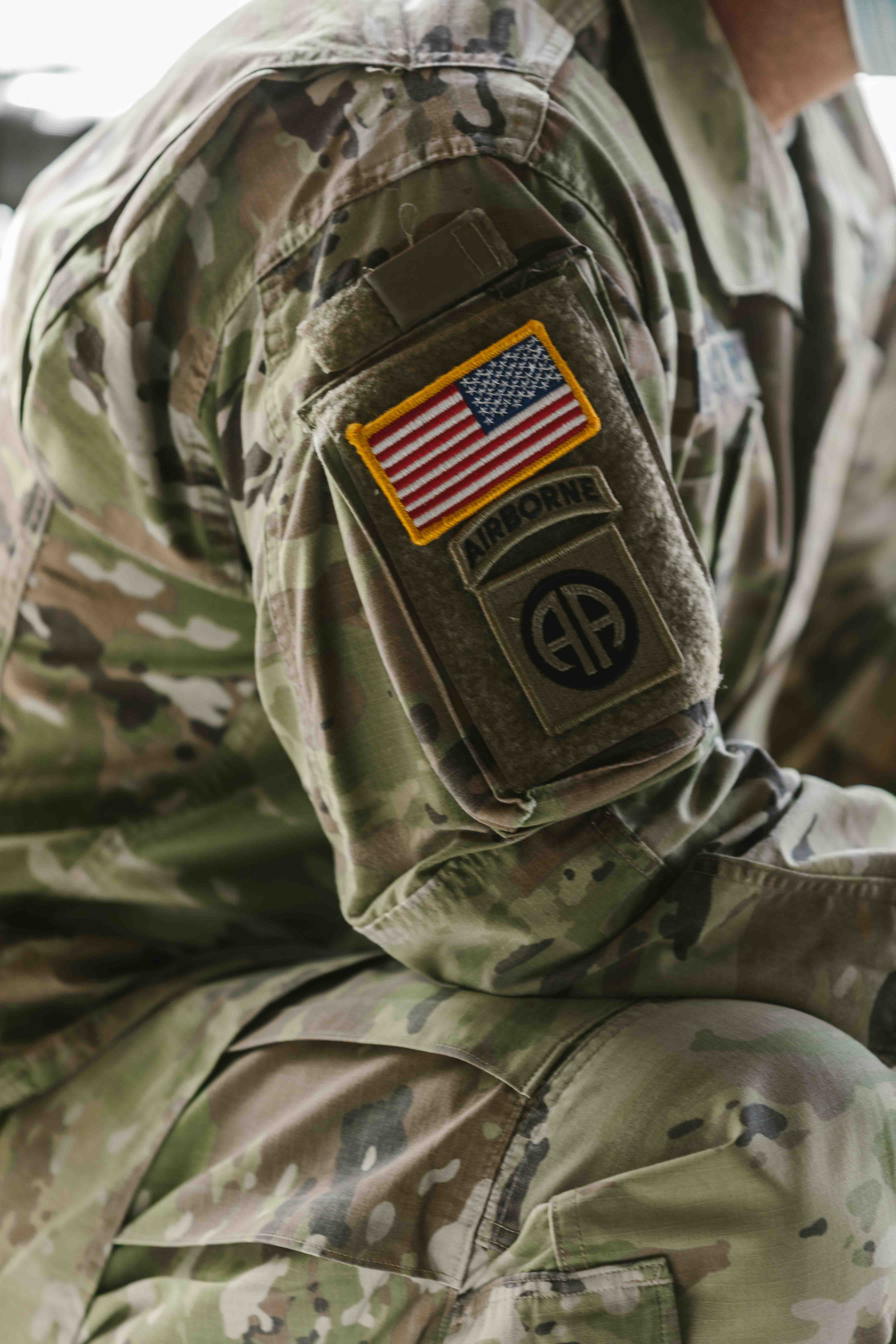Student Veteran Information, Missing in Academics
Malisa Brooks didn’t plan on doing research about college student veterans when she applied for the PhD Program in the College of Social Work. But then, during her second year coursework, there was a data set that just wouldn’t behave how it “should,” and she couldn’t just ignore that. It needed further study.
 That set of pesky numbers came from data she and a colleague collected from student
veterans who had experienced some sort of sexual assault. Ms. Brooks was interested
in focusing her doctoral research on a topic related to campus sexual assault, and
had extensive clinical training related to post traumatic stress disorder (PTSD).
It had enough overlap that she decided to make this data set the focus of her semester-long
research course.
That set of pesky numbers came from data she and a colleague collected from student
veterans who had experienced some sort of sexual assault. Ms. Brooks was interested
in focusing her doctoral research on a topic related to campus sexual assault, and
had extensive clinical training related to post traumatic stress disorder (PTSD).
It had enough overlap that she decided to make this data set the focus of her semester-long
research course.
Originally, she intended to use the dataset to validate the effectiveness of measurement tools used to assess a multi-factor PTSD model. Ms. Brooks explained that diagnostically, there are several different factors or symptom clusters that indicate a client is experiencing PTSD—changes in patterns of behavior, alternations in mood and cognitions, avoidance, and hyper arousal. Screening assessment measures ask clients questions about each of these symptoms, assign sub-scores for each cluster, and then give a single combined score at the end indicating the severity of trauma-related distress. When Ms. Brooks started her analysis, most researchers in the field were conducting studies to determine whether four-factor or seven-factor diagnostic structures were the most effective for accurately measuring PTSD in clients. In her analysis, she compared single-factor to several multi-factor diagnostic structure models to see which was the most effective at capturing probable PTSD in student veterans.
What Ms. Brooks found after her analysis, and what she spent hours of time and hundreds of pages verifying and re-verifying, was that single factor model was equally effective as any multi-factor models currently being researched. “I can’t tell you how much time my professor and I spent going over that data and going over it again,” she said. “The math was correct. It didn’t match what was being published in the field, but the results were there.”
This data set ultimately led to the beginning of Ms. Brooks’s dissertation. Over the next several years, she continued to study multi-factor vs single factor symptom models for PTSD. What she found, and published, was that all of the diagnostic models proved equally effective in capturing symptoms of PTSD in student veterans in the somewhat limited way we currently understand it. To Ms. Brooks, this makes a lot of sense. “In practice settings, most clinicians look at the final aggregate score and base their treatment decisions and recommendations on that total severity score. Multi-factor tools are interesting in research settings, but in actual practice they don’t offer much utility, at least in student veterans.” To Brooks, application to day-to-day practice is a vital component of the research process. “Just because we can do research and get certain results in the lab doesn’t mean the finding has clinical utility. Research results and implications should translate into real world, useful, clinical application.”
As her doctoral program progressed, she also spent a considerable time investigating student veteran populations, particularly in comparison to civilian students. Her dive into existing research was a shallow one. “Surprisingly little research has been done on the student veteran population,” she explained. “What little research has been done, shows that there are is a lot that’s unique about this population.”
Some of those differences are things civilian students will never experience—like having a service-related injury, re-living combat trauma, or experiencing sexual assault while in the military. Others are general shifts in the population. Veteran students are more likely to be older, having completed military service prior to college. And, often because they’re older, more likely to have families of their own—along with the many competing demands on time that brings.
Going to college while maintaining a family introduces a set of stressors and financial difficulties that many civilian college students don’t understand and college systems aren’t designed to support. “Systems tend to be very cookie cutter, which means that these students likely aren’t getting the unique support they need,” said Ms. Brooks. Though more research is needed to understand the specifics of what that support looks like, Ms. Brooks hopes that an increasing awareness that differences exist will prompt shifts in college structures. “Knowing a student is a veteran, I hope student facing staff will ask if they could use any additional support and make them aware of resources that are available on campus. She continued, “Things like this can go a long way to offering student veterans supports and interventions that will help them succeed.”
Are you or do you know a veteran on campus? Contact the Veteran Support Center and the Center for Disability & Accessif you have any questions or need support.
